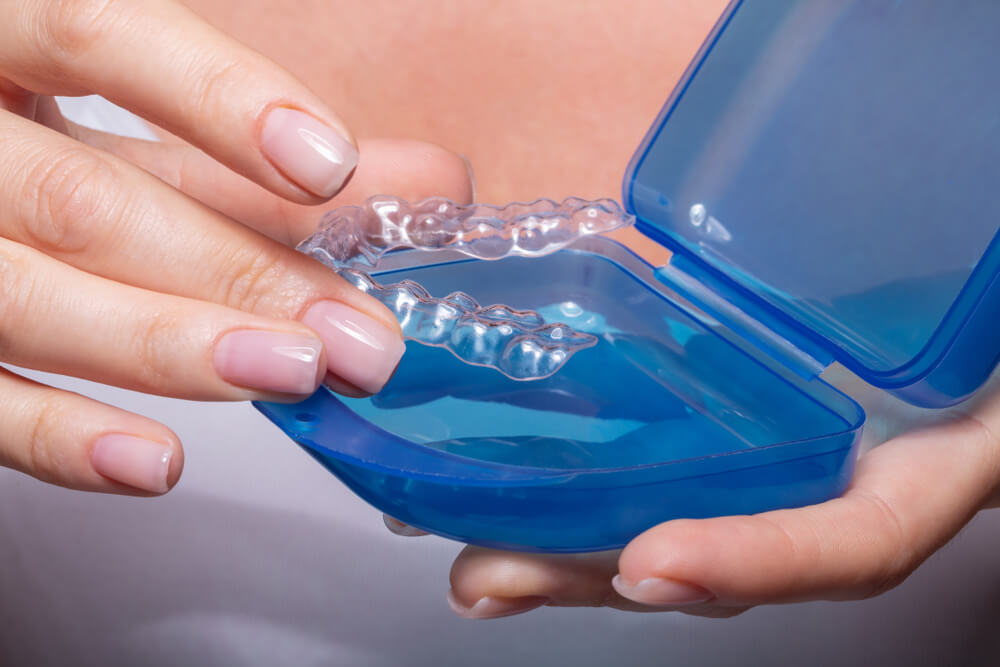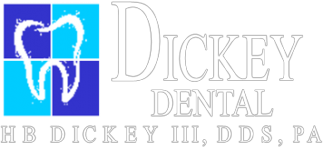Bite correction (also known as occlusal adjustment, malocclusion treatment, or occlusal equilibration), is a common dental procedure for correcting misaligned or poorly positioned teeth. Occlusal adjustments can help with malocclusion and prevent other complications like bruxism and temporomandibular joint disorder (TMD), which can cause chronic pain in your jaw joints and muscles. Occlusal adjustment involves removing interferences from the teeth to allow them to align properly, which causes less stress on the body’s joints and muscles.
Did You Know?
There are various causes of a misaligned bite. These can include: genetics, mouth breathing, poor tongue and swallowing habits, sucking on thumbs or pacifiers, losing baby teeth too soon, or orthodontic issues.
Frequently Asked Questions:
Do I need an occlusal adjustment?
You may need an occlusal adjustment if your teeth and/or bite are not aligned properly. Some signs of malocclusion (bad bite) include:
- jaws that do not close properly
- clicking or popping noises in the jaw joint
- bruxism
- frequent dental fractures or chipping
- prematurely wearing enamel
- upper teeth don’t align with lower teeth
- lower jaw protrudes in front of upper jaw
- upper jaw protrudes too far
- an open bite
To determine if you can benefit from an occlusal adjustment, schedule a consultation with Dr. Dickey of Dickey Dental today!
What can I expect when having an occlusal adjustment at Dickey Dental?
When having an occlusal adjustment at Dickey Dental, Dr. Dickey will have you bite down on a piece of double-sided articulating paper, which will record pressure points. He will then evaluate these pressure points to determine if both sides are making equal contact. Oftentimes, malocclusion causes one side to exert more pressure than the other. In some cases, only one side of the mouth may make contact. To restore a balanced bite, Dr. Dickey will use special dental tools to shave down the teeth and/or restorations making contact. In some cases, dental restorations may also need to be placed on damaged or decayed teeth. This small adjustment will ensure that both sides of your mouth are making contact with one another.
Will I need to follow any special guidelines after my appointment?
In most cases, you will be able to resume your normal routine and will not have to follow any type of guidelines. However, if you need to have a crown or filling placed, then you may have some guidelines to follow.


